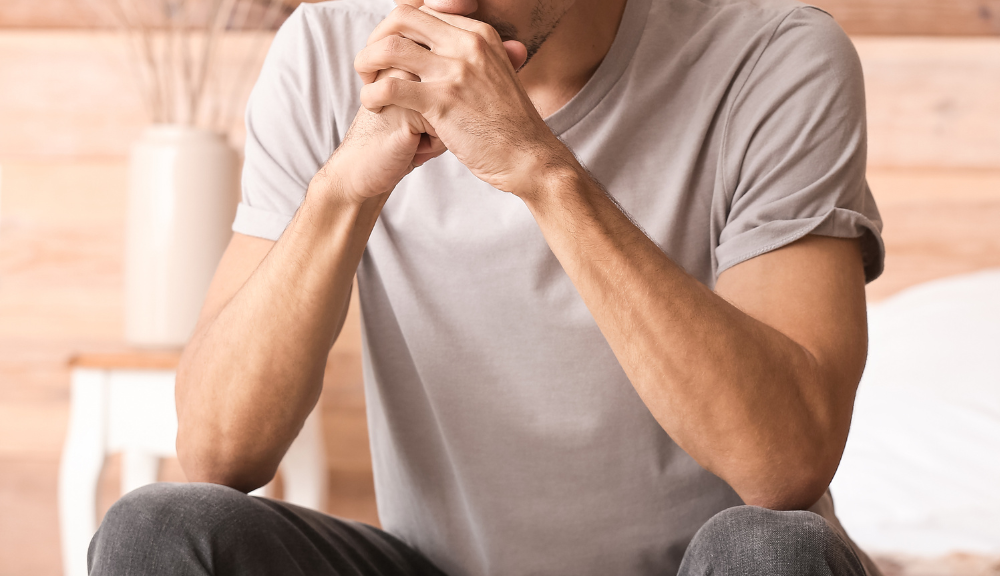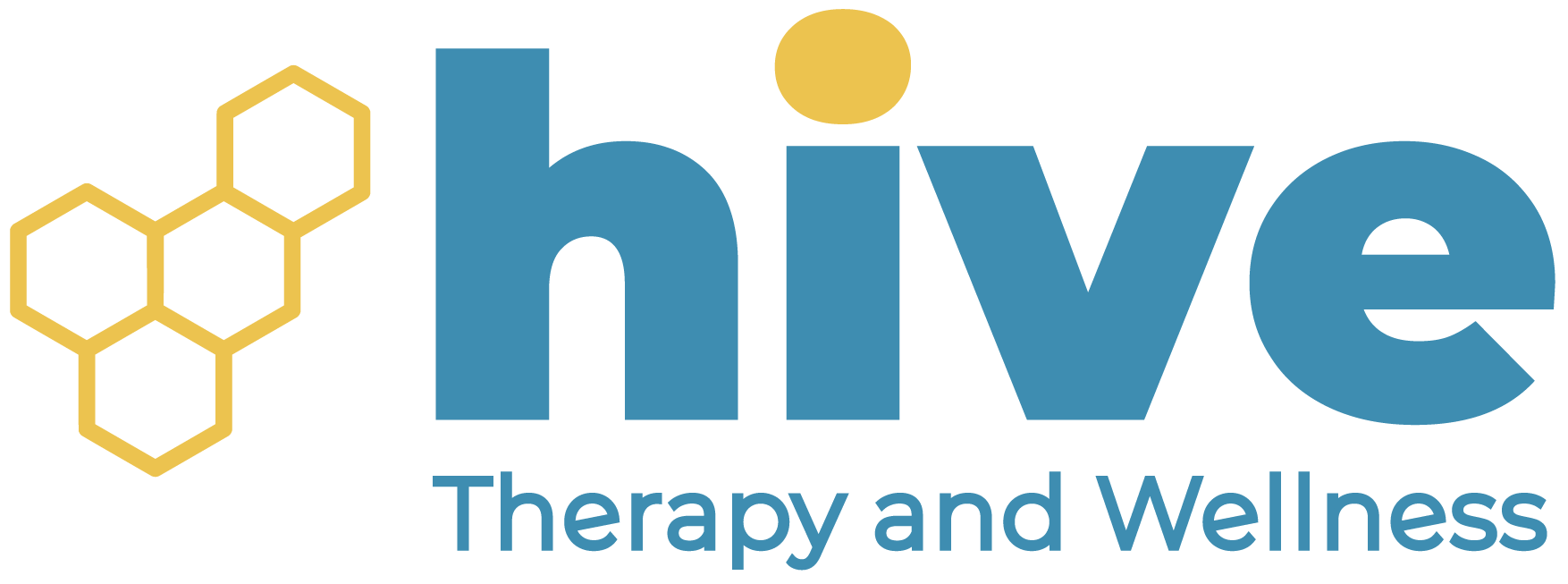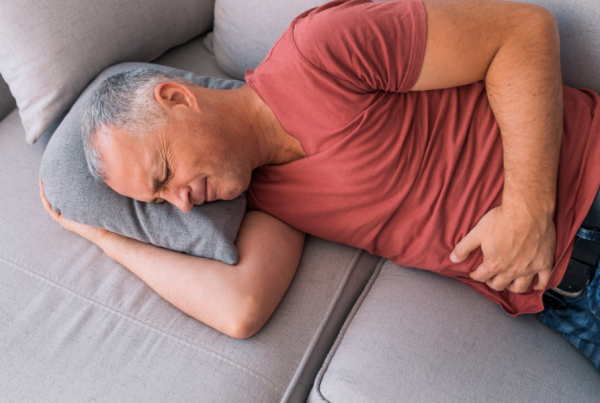Chronic Testicular Pain
Move Better. Live Fuller. Your Wellness Journey Starts Here.
Schedule a FREE Discovery Call!
What Is Chronic Testicular Pain?
Chronic testicular pain is a long-lasting condition of the testicles, also known as chronic scrotal contents pain or orchialgia. The testicles (testes) are two reproductive glands that produce sperm and the hormone testosterone, whereas the scrotum is the sac of skin that covers and protects the testicles. The scrotum rests behind the penis.
Testicular pain may include one or both testicles. Because the testicles are sensitive, it is easy to cause temporary pain from trauma or impact—however, testicular pain outside of these rare occurrences is not normal, especially if it lasts for extended periods of time. Chronic testicular pain is referring to long-lasting pain, usually longer than 3 months.

The pain may be intermittent or constant, and can vary in severity. Testicular pain may be felt gradually, or in other cases, the pain may not be felt until the testicle is touched, examined, or when pressure is applied. This can occur with exercise, sports, lifting, or sexual activity. Sitting for long periods of time can also worsen chronic testicular pain. In general, testicular pain can be described as:
- Burning
- Aching
- Throbbing
- A pulling feeling or pressure
Depending on the cause and individual, testicular pain may be accompanied by:
- Pain during or after ejaculation
- Painful urination
- Swelling or bruising (especially after injury)
In rare cases, testicular pain can be a more serious matter. Extreme or sudden pain in the testicles accompanied by other symptoms such as swelling, fever, or chills can suggest a more serious condition—which should prompt a trip to the emergency room immediately.
What Causes Chronic Testicular Pain?
The cause of chronic testicular pain can vary greatly, and in many cases a direct cause may be unknown. For some cases, causes can include inflammation, surgery, trauma, injury, or infection such as STI. Sometimes, pain from kidney stones or nerve entrapment may refer pain to the scrotum.
Because there are many causes, diagnosis will involve a thorough examination, exploration of symptoms and medical history, laboratory tests such as urinalysis or STI testing, and in some cases, ultrasounds. These tests will allow your provider to rule out any underlying conditions or other causes, and narrow down the possible source of your pain.
However, as mentioned before, chronic testicular pain may not have an easily identifiable cause—and this is more common than you may think. In cases where lab tests and other diagnosis methods rule out pressing concerns and no identifiable cause can be found, you may want to consider pelvic floor physical therapy.
Physical therapy is especially important to consider in these cases because pelvic floor dysfunction is often a forgotten cause of testicular pain, even when other causes have been ruled out. Pelvic floor dysfunction is tightness, weakness, inflexibility, or incoordination of the pelvic floor muscles—an incredibly important group of muscles that support your pelvic organs and functions like urination, defecation, and sexual appreciation. Every single person has a pelvic floor, regardless of their genitals!
When pelvic floor dysfunction is present, the pelvic floor muscles can create chronic testicular pain as well as a variety of other symptoms. Pelvic floor dysfunction can be a primary cause of testicular pain, and is often present alongside other causes, resulting in exacerbated symptoms. Therefore, if other forms of treatment do not yield success for your chronic testicular pain, pelvic floor therapy may also be a good form of supplemental treatment to consider.
You should especially consider pelvic floor physical therapy when your testicular pain is accompanied by other symptoms of pelvic floor dysfunction, such as erectile dysfunction, frequent urination, urinary urgency, or urinary hesitation.
Physical Therapy for Chronic Testicular Pain
Now you know that pelvic floor dysfunction can cause testicular pain and other symptoms. How can pelvic floor physical therapy relieve these symptoms? The answer is more simple than it seems! Treatment typically involves relieving tight muscles, rebalancing the pelvic area, improving flexibility and mobility of the pelvis, and learning how to prevent tension from building again by correcting harmful habits. Let’s look at how these goals will be achieved:
Pelvic Floor Training
One aspect of pelvic floor dysfunction that will need to be addressed is the coordination of your pelvic floor. When you are unable to activate or relax these muscles properly, it can create muscle tension, which can cause pain and other symptoms (such as urinary issues). Your pelvic floor physical therapist will use treatments such as biofeedback and neuromuscular re-education to teach you how to activate and relax your pelvic floor muscles.
These treatments will increase awareness of your pelvic floor and help you understand how these functions feel in action. Your pelvic floor therapist is likely to teach you about your pelvic floor and its functions or anatomy—so you can have a better understanding of how your body works, why dysfunction may be present, and how that translates to testicular pain.
Strengthening and Flexibility
Your physical therapist will help you strengthen the muscles of the pelvic region and improve their flexibility. This will improve mobility and reduce muscle tension in the pelvic region—aiding in pain relief. While your physical therapist will definitely target pelvic floor muscles, you should also expect to target muscles of the abdomen, low back, hips, and other areas that may need attention. All of these muscles are interconnected with the pelvic floor, so they can’t be left out!
Behavioral Modifications
There are many things that can cause pelvic floor dysfunction—including behaviors that you may be doing daily, unknowingly creating tension in your pelvic floor muscles! Your pelvic floor therapist may analyze aspects such as your sitting, standing, or toilet posture to look for areas of improvement. They may examine your other movement mechanics, and discuss with you your lifestyle habits such as diet, exercise, bathroom schedule, or other aspects that can create tension in the pelvic floor.
Relaxation Techniques
Muscle tension can be worsened by things like anxiety and stress. Your physical therapist will teach you relaxation techniques such as diaphragmatic breathing, which can not only relax the pelvic floor muscles, but also reduce anxiety and stress that may worsen your chronic testicular pain.
Manual Therapy
Manual therapy refers to hands-on physical treatments that relieve muscle tension or trigger points! Your physical therapist may utilize methods such as cupping, dry needling, tissue scraping, and other treatments on areas such as the pelvis, hips, abdominals, low back, or other areas that may have muscle tension.
Spinal Manipulation or Joint Mobilization
In some cases, chronic testicular pain can be referred pain from nerve entrapment, which may be caused by misalignment of the spine or low back. Additionally, pelvic misalignment can contribute to pelvic floor dysfunction. For these reasons, your treatment plan may include spinal manipulation or joint mobilization to improve alignment of these areas and to reduce overall pain.
Each and every person’s individual case of testicular pain may vary. Your physical therapist at Hive Therapy and Wellness will be very thorough while discussing your symptoms and medical history, as well as during examination. This will allow them to properly curate a treatment plan for your unique needs. Your comprehensive treatment plan may include a variety of physical therapy treatments, such as the methods discussed above, or additional treatments including any of the following:
- Neuromuscular re-education
- Manual therapy
- Exercise prescription
- Dry needling
- Cupping
- Tissue scraping
- Behavioral modifications
- Therapeutic activities
- Electrical muscle stimulation
- Spinal manipulation
- Therapeutic modalities
- Biofeedback
Chronic testicular pain is a long-lasting condition of the testicles, also known as chronic scrotal contents pain or orchialgia.
The testicles (testes) are two reproductive glands that produce sperm and the hormone testosterone, whereas the scrotum is the sac of skin that covers and protects the testicles. The scrotum rests behind the penis.
Testicular pain may include one or both testicles. Because the testicles are sensitive, it is easy to cause temporary pain from trauma or impact—however, testicular pain outside of these rare occurrences is not normal, especially if it lasts for extended periods of time.
Chronic testicular pain is referring to long-lasting pain, usually longer than 3 months. The pain may be intermittent or constant, and can vary in severity.
Testicular pain may be felt gradually, or in other cases, the pain may not be felt until the testicle is touched, examined, or when pressure is applied. This can occur with exercise, sports, lifting, or sexual activity. Sitting for long periods of time can also worsen chronic testicular pain.
In general, testicular pain can be described as:
- Burning
- Aching
- Throbbing
- A pulling feeling or pressure
Depending on the cause and individual, testicular pain may be accompanied by:
- Pain during or after ejaculation
- Painful urination
- Swelling or bruising (especially after injury)
In rare cases, testicular pain can be a more serious matter. Extreme or sudden pain in the testicles accompanied by other symptoms such as swelling, fever, or chills can suggest a more serious condition—which should prompt a trip to the emergency room immediately.
The cause of chronic testicular pain can vary greatly, and in many cases a direct cause may be unknown.
For some cases, causes can include inflammation, surgery, trauma, injury, or infection such as STI. Sometimes, pain from kidney stones or nerve entrapment may refer pain to the scrotum.
Because there are many causes, diagnosis will involve a thorough examination, exploration of symptoms and medical history, laboratory tests such as urinalysis or STI testing, and in some cases, ultrasounds.
These tests will allow your provider to rule out any underlying conditions or other causes, and narrow down the possible source of your pain.
However, as mentioned before, chronic testicular pain may not have an easily identifiable cause—and this is more common than you may think.
In cases where lab tests and other diagnosis methods rule out pressing concerns and no identifiable cause can be found, you may want to consider pelvic floor physical therapy.
Physical therapy is especially important to consider in these cases because pelvic floor dysfunction is often a forgotten cause of testicular pain, even when other causes have been ruled out.
Pelvic floor dysfunction is tightness, weakness, inflexibility, or incoordination of the pelvic floor muscles—an incredibly important group of muscles that support your pelvic organs and functions like urination, defecation, and sexual appreciation.
Every single person has a pelvic floor, regardless of their genitals!
When pelvic floor dysfunction is present, the pelvic floor muscles can create chronic testicular pain as well as a variety of other symptoms. Pelvic floor dysfunction can be a primary cause of testicular pain, and is often present alongside other causes, resulting in exacerbated symptoms.
Therefore, if other forms of treatment do not yield success for your chronic testicular pain, pelvic floor therapy may also be a good form of supplemental treatment to consider.
You should especially consider pelvic floor physical therapy when your testicular pain is accompanied by other symptoms of pelvic floor dysfunction, such as erectile dysfunction, frequent urination, urinary urgency, or urinary hesitation.
Now you know that pelvic floor dysfunction can cause testicular pain and other symptoms. How can pelvic floor physical therapy relieve these symptoms? The answer is more simple than it seems!
Treatment typically involves relieving tight muscles, rebalancing the pelvic area, improving flexibility and mobility of the pelvis, and learning how to prevent tension from building again by correcting harmful habits. Let’s look at how these goals will be achieved:
Pelvic Floor Training
One aspect of pelvic floor dysfunction that will need to be addressed is the coordination of your pelvic floor. When you are unable to activate or relax these muscles properly, it can create muscle tension, which can cause pain and other symptoms (such as urinary issues).
Your pelvic floor physical therapist will use treatments such as biofeedback and neuromuscular re-education to teach you how to activate and relax your pelvic floor muscles.
These treatments will increase awareness of your pelvic floor and help you understand how these functions feel in action.
Your pelvic floor therapist is likely to teach you about your pelvic floor and its functions or anatomy—so you can have a better understanding of how your body works, why dysfunction may be present, and how that translates to testicular pain.
Strengthening and Flexibility
Your physical therapist will help you strengthen the muscles of the pelvic region and improve their flexibility. This will improve mobility and reduce muscle tension in the pelvic region—aiding in pain relief.
While your physical therapist will definitely target pelvic floor muscles, you should also expect to target muscles of the abdomen, low back, hips, and other areas that may need attention. All of these muscles are interconnected with the pelvic floor, so they can’t be left out!
Behavioral Modifications
There are many things that can cause pelvic floor dysfunction—including behaviors that you may be doing daily, unknowingly creating tension in your pelvic floor muscles!
Your pelvic floor therapist may analyze aspects such as your sitting, standing, or toilet posture to look for areas of improvement.
They may examine your other movement mechanics, and discuss with you your lifestyle habits such as diet, exercise, bathroom schedule, or other aspects that can create tension in the pelvic floor.
Relaxation Technique
Muscle tension can be worsened by things like anxiety and stress. Your physical therapist will teach you relaxation techniques such as diaphragmatic breathing, which can not only relax the pelvic floor muscles, but also reduce anxiety and stress that may worsen your chronic testicular pain.
Manual Therapy
Manual therapy refers to hands-on physical treatments that relieve muscle tension or trigger points!
Your physical therapist may utilize methods such as cupping, dry needling, tissue scraping, and other treatments on areas such as the pelvis, hips, abdominals, low back, or other areas that may have muscle tension.
Spinal Manipulation or Joint Mobilization
In some cases, chronic testicular pain can be referred pain from nerve entrapment, which may be caused by misalignment of the spine or low back. Additionally, pelvic misalignment can contribute to pelvic floor dysfunction.
For these reasons, your treatment plan may include spinal manipulation or joint mobilization to improve alignment of these areas and to reduce overall pain.
Each and every person’s individual case of testicular pain may vary.
Your physical therapist at Hive Therapy and Wellness will be very thorough while discussing your symptoms and medical history, as well as during examination. This will allow them to properly curate a treatment plan for your unique needs.
Your comprehensive treatment plan may include a variety of physical therapy treatments, such as the methods discussed above, or additional treatments including any of the following:
- Neuromuscular re-education
- Manual therapy
- Exercise prescription
- Dry needling
- Cupping
- Tissue scraping
- Behavioral modifications
- Therapeutic activities
- Electrical muscle stimulation
- Spinal manipulation
- Therapeutic modalities
- Biofeedback
You can learn more about these treatments on our Treatments Page.





